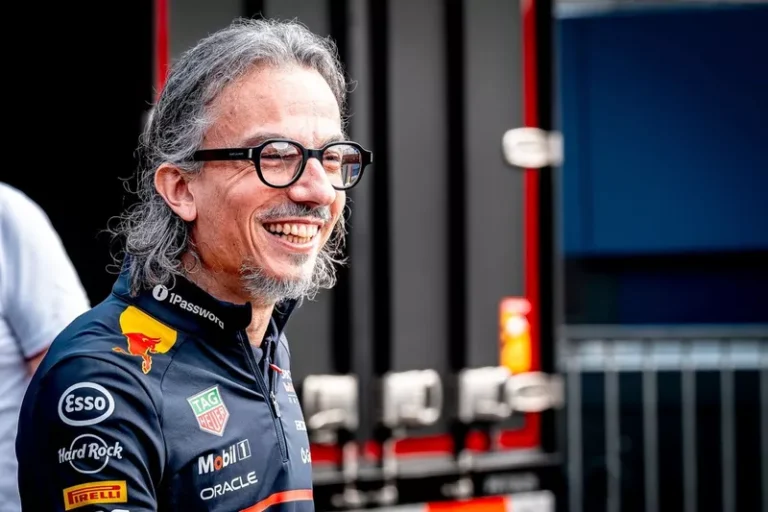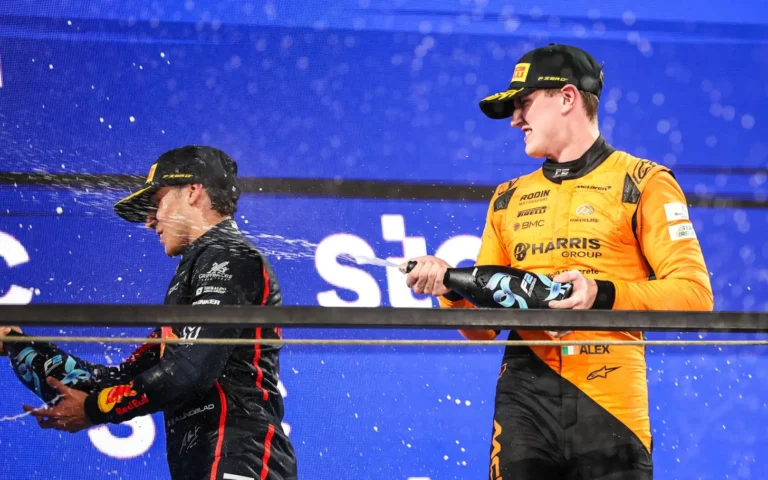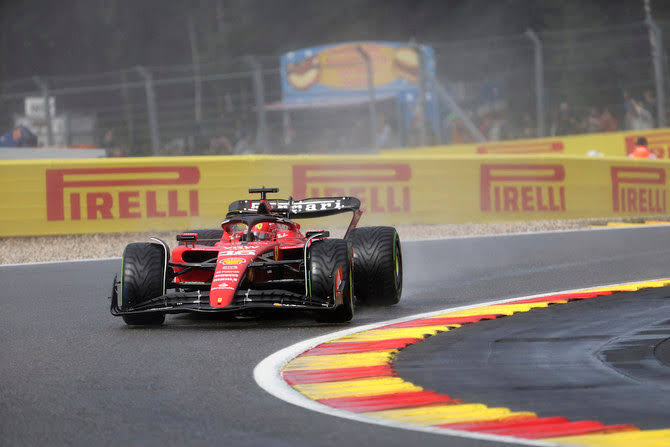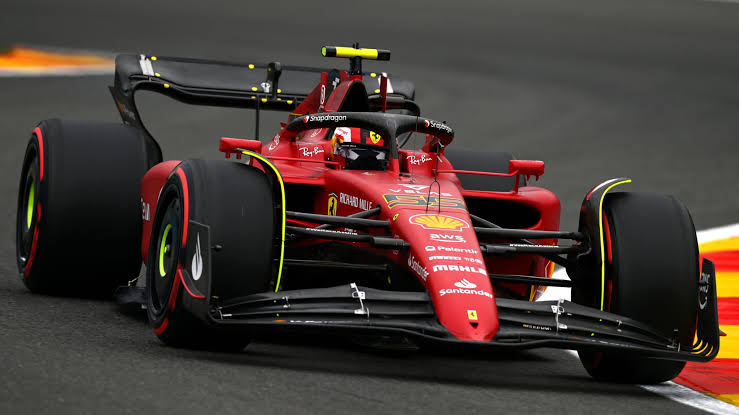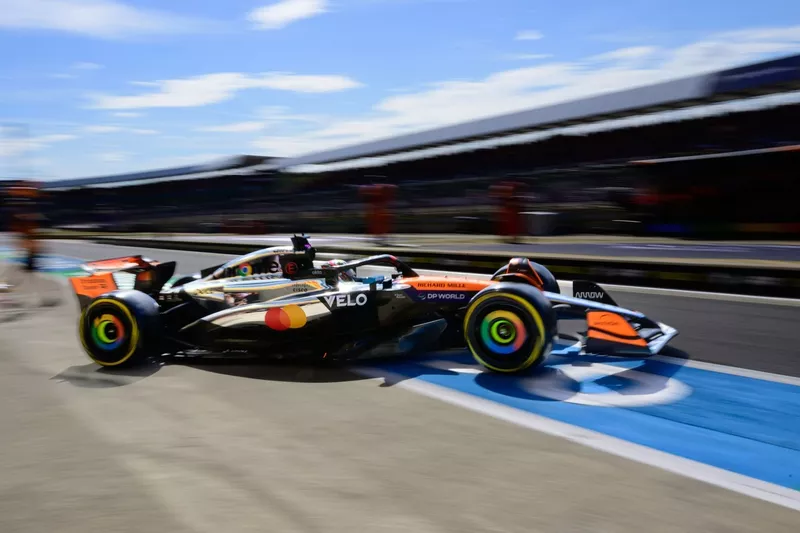
McLaren often brings upgrades to their Formula 1 car without deploying them in races right away, and there’s a strategic reason behind it. Rather than rushing new parts onto the track, the team prefers to first collect valuable data during practice sessions. This allows their engineers to analyze the real-world behavior of the upgrades under various conditions and compare it to simulations back at the factory. It helps ensure that any new component works as intended before being used in competitive situations.
Another reason McLaren delays racing with new parts is to minimize risk. If a new upgrade has not been fully validated, introducing it during a Grand Prix could backfire, leading to performance drops or reliability issues. By thoroughly testing components across different sessions and tracks, the team reduces the chance of surprises during critical race moments. This cautious approach reflects McLaren’s commitment to consistency and precision.
Track conditions can vary widely from one race to another, and McLaren takes this into account. Sometimes, even though an upgrade looks promising on paper, it may not suit the specific characteristics of a particular circuit. In such cases, the team may postpone using the new part until a more suitable track comes along. This adaptability allows them to optimize performance rather than chasing theoretical gains.
Additionally, feedback from drivers plays a huge role. After testing the new parts during practice sessions, drivers like Lando Norris and Oscar Piastri report how the car feels and whether the upgrades improve handling, grip, or overall speed. If the feedback is inconclusive or mixed, the team may decide to fine-tune the components before using them in races. This collaborative approach helps ensure that upgrades translate into real-world performance.
Ultimately, McLaren’s upgrade strategy is a blend of science, caution, and teamwork. Instead of rushing development, they prioritize reliability and performance validation. By taking the time to understand and perfect each component, the team ensures that upgrades give them a true competitive edge—when the time is right.
